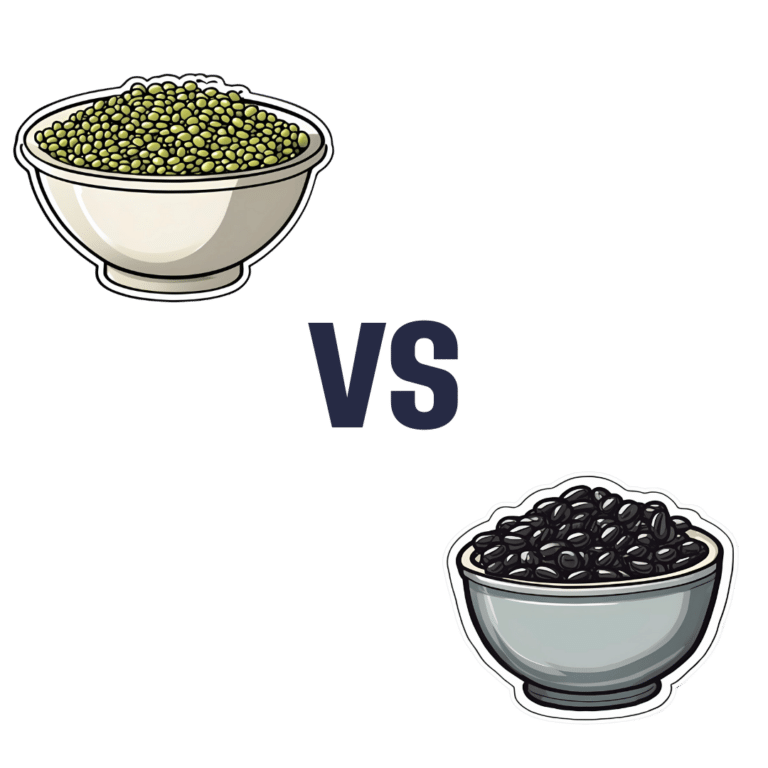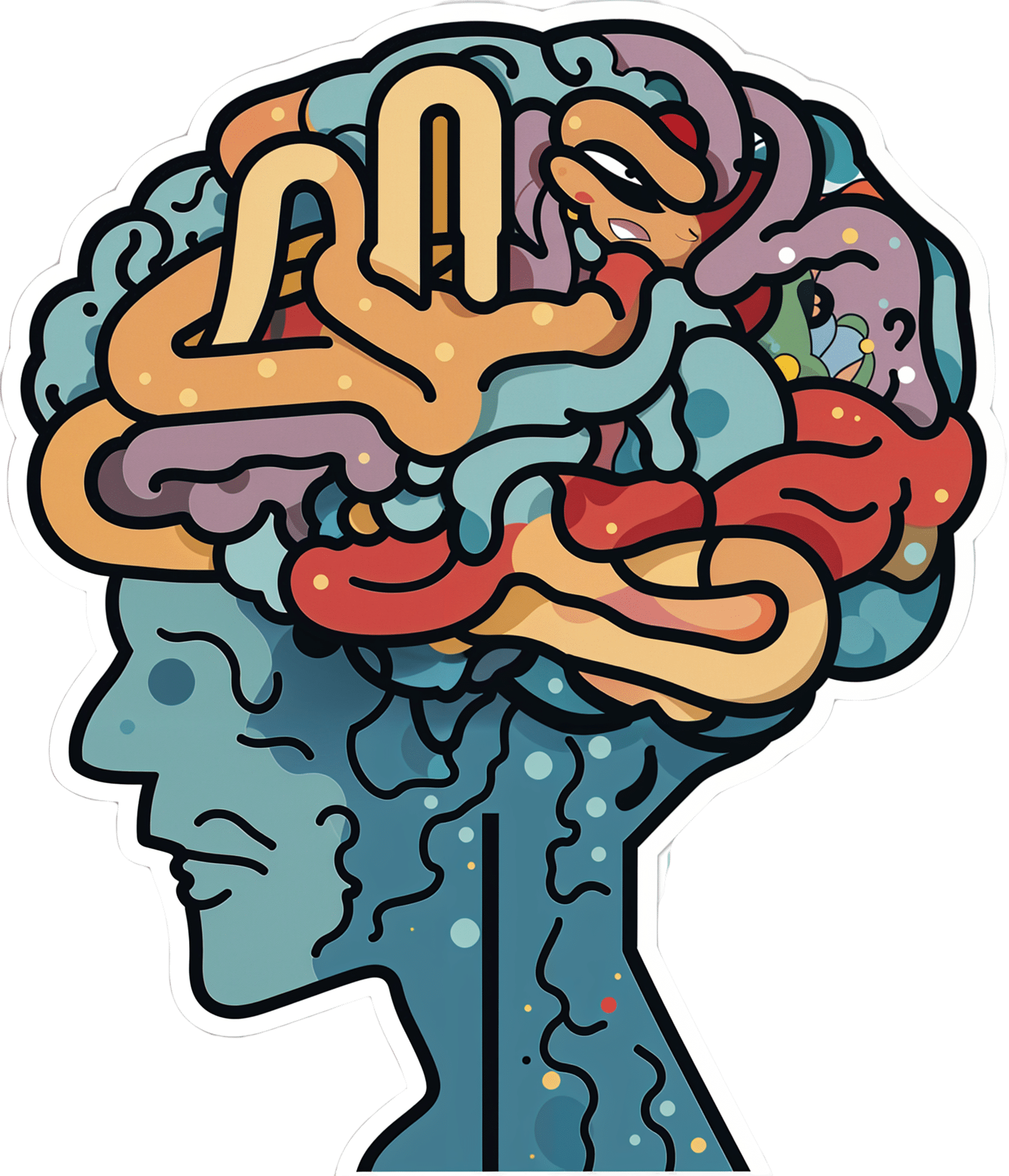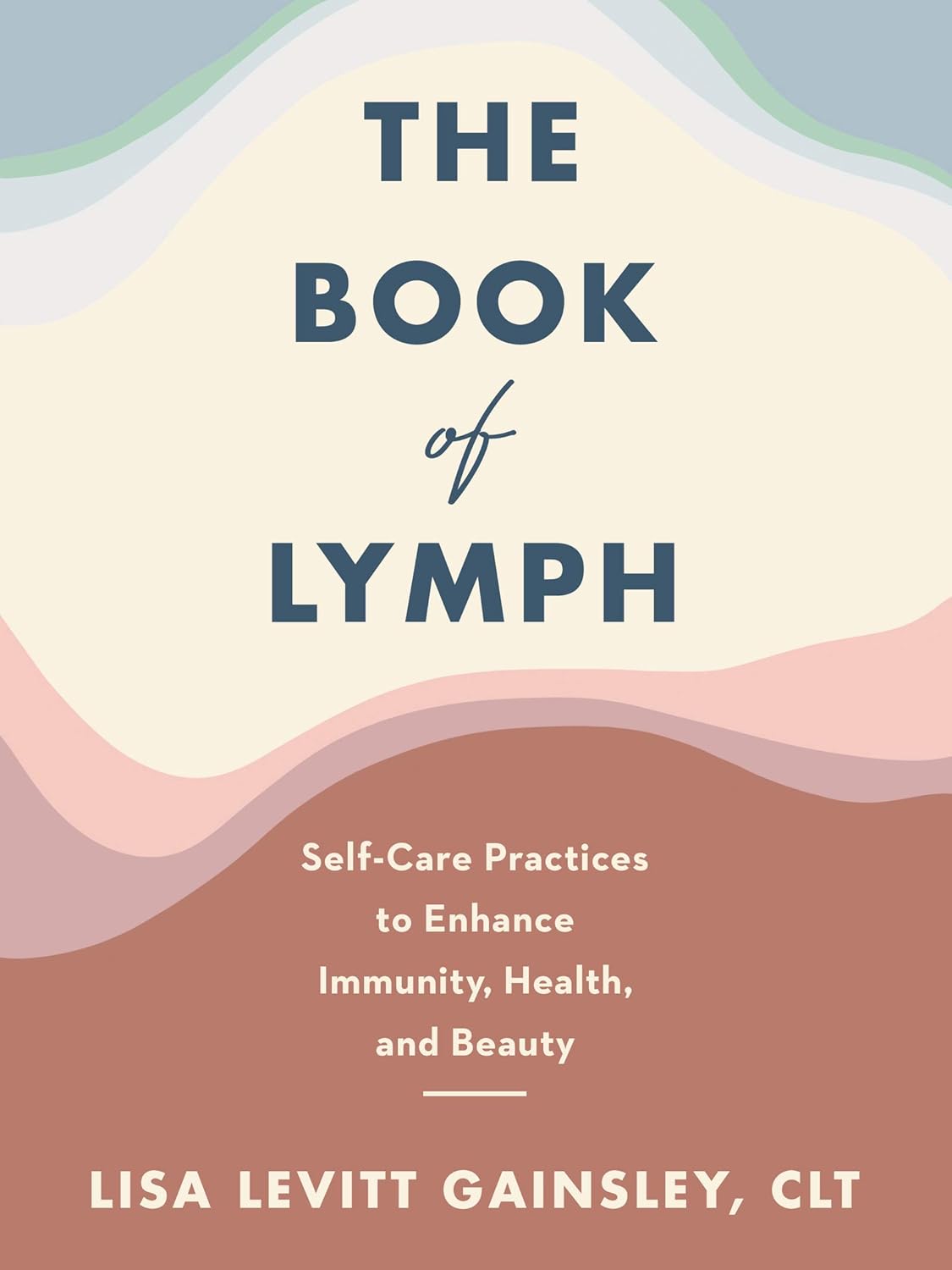
Peanuts vs Pecans – Which is Healthier?
10almonds is reader-supported. We may, at no cost to you, receive a portion of sales if you purchase a product through a link in this article.
Our Verdict
When comparing peanuts to pecans, we picked the peanuts.
Why?
Peanuts are an oft-underrated nut!
In terms of macros, peanuts have more than 2.5x the protein and slightly more carbs, while pecans have very slightly more fiber and a lot more fat, of which, mostly healthy monounsaturated and polyunsaturated fats, though it’s worth noting that peanuts’ fats are equally healthy and have a similar general profile, just, less fat per 100g than pecans do. There’s a lot going for both of these very different nuts here, so we’ll call this category a tie.
In the category of vitamins, peanuts have more of vitamins B2, B3, B5, B6, B7, B9, E, and choline, while pecans have more of vitamins C and K (of which they are still not a very good source, but peanuts have none so they can technically claim it for those two vitamins); thus, a clear win for peanuts here, especially as most of its vitamins had very large margins of difference over pecans, and peanuts are a good source of all the vitamins mentioned for them.
When it comes to minerals, peanuts have more calcium, iron, magnesium, phosphorus, potassium, and selenium, while pecans have more manganese and zinc. Another win for peanuts!
Adding up the sections makes for a clear win for peanuts, but by all means enjoy either or both (diversity is good), unless you are allergic, in which case, please don’t!
Want to learn more?
You might like:
Why You Should Diversify Your Nuts
Enjoy!
Don’t Forget…
Did you arrive here from our newsletter? Don’t forget to return to the email to continue learning!
Recommended
Learn to Age Gracefully
Join the 98k+ American women taking control of their health & aging with our 100% free (and fun!) daily emails:
-
‘Noisy’ autistic brains seem better at certain tasks. Here’s why neuroaffirmative research matters
10almonds is reader-supported. We may, at no cost to you, receive a portion of sales if you purchase a product through a link in this article.
Pratik Raul, University of Canberra; Jeroen van Boxtel, University of Canberra, and Jovana Acevska, University of Canberra
Autism is a neurodevelopmental difference associated with specific experiences and characteristics.
For decades, autism research has focused on behavioural, cognitive, social and communication difficulties. These studies highlighted how autistic people face issues with everyday tasks that allistic (meaning non-autistic) people do not. Some difficulties may include recognising emotions or social cues.
But some research, including our own study, has explored specific advantages in autism. Studies have shown that in some cognitive tasks, autistic people perform better than allistic people. Autistic people may have greater success in identifying a simple shape embedded within a more complex design, arranging blocks of different shapes and colours, or spotting an object within a cluttered visual environment (similar to Where’s Wally?). Such enhanced performance has been recorded in babies as young as nine months who show emerging signs of autism.
How and why do autistic individuals do so well on these tasks? The answer may be surprising: more “neural noise”.
What is neural noise?
Generally, when you think of noise, you probably think of auditory noise, the ups and downs in the amplitude of sound frequencies we hear.
A similar thing happens in the brain with random fluctuations in neural activity. This is called neural noise.
This noise is always present, and comes on top of any brain activity caused by things we see, hear, smell and touch. This means that in the brain, an identical stimulus that is presented multiple times won’t cause exactly the same activity. Sometimes the brain is more active, sometimes less. In fact, even the response to a single stimulus or event will fluctuate continuously.
Neural noise in autism
There are many sources of neural noise in the brain. These include how the neurons become excited and calm again, changes in attention and arousal levels, and biochemical processes at the cellular level, among others. An allistic brain has mechanisms to manage and use this noise. For instance, cells in the hippocampus (the brain’s memory system) can make use of neural noise to enhance memory encoding and recall.
Evidence for high neural noise in autism can be seen in electroencephalography (EEG) recordings, where increased levels of neural fluctuations were observed in autistic children. This means their neural activity is less predictable, showing a wider range of activity (higher ups and downs) in response to the same stimulus.
In simple terms, if we imagine the EEG responses like a sound wave, we would expect to see small ups and downs (amplitude) in allistic brains each time they encounter a stimulus. But autistic brains seem to show bigger ups and downs, demonstrating greater amplitude of neural noise.
Many studies have linked this noisy autistic brain with cognitive, social and behavioural difficulties.
But could noise be a bonus?
The diagnosis of autism has a long clinical history. A shift from the medical to a more social model has also seen advocacy for it to be reframed as a difference, rather than a disorder or deficit. This change has also entered autism research. Neuroaffirming research can examine the uniqueness and strengths of neurodivergence.
Psychology and perception researcher David Simmons and colleagues at the University of Glasgow were the first to suggest that while high neural noise is generally a disadvantage in autism, it can sometimes provide benefits due to a phenomenon called stochastic resonance. This is where optimal amounts of noise can enhance performance. In line with this theory, high neural noise in the autistic brain might enhance performance for some cognitive tasks.
Our 2023 research explores this idea. We recruited participants from the general population and investigated their performance on letter-detection tasks. At the same time, we measured their level of autistic traits.
We performed two letter-detection experiments (one in a lab and one online) where participants had to identify a letter when displayed among background visual static of various intensities.
By using the static, we added additional visual noise to the neural noise already present in our participants’ brains. We hypothesised the visual noise would push participants with low internal brain noise (or low autistic traits) to perform better (as suggested by previous research on stochastic resonance). The more interesting prediction was that noise would not help individuals who already had a lot of brain noise (that is, those with high autistic traits), because their own neural noise already ensured optimal performance.
Indeed, one of our experiments showed people with high neural noise (high autistic traits) did not benefit from additional noise. Moreover, they showed superior performance (greater accuracy) relative to people with low neural noise when the added visual static was low. This suggests their own neural noise already caused a natural stochastic resonance effect, resulting in better performance.
It is important to note we did not include clinically diagnosed autistic participants, but overall, we showed the theory of enhanced performance due to stochastic resonance in autism has merits.
Why this is important?
Autistic people face ignorance, prejudice and discrimination that can harm wellbeing. Poor mental and physical health, reduced social connections and increased “camouflaging” of autistic traits are some of the negative impacts that autistic people face.
So, research underlining and investigating the strengths inherent in autism can help reduce stigma, allow autistic people to be themselves and acknowledge autistic people do not require “fixing”.
The autistic brain is different. It comes with limitations, but it also has its strengths.
Pratik Raul, PhD candidiate, University of Canberra; Jeroen van Boxtel, Associate professor, University of Canberra, and Jovana Acevska, Honours Graduate Student, University of Canberra
This article is republished from The Conversation under a Creative Commons license. Read the original article.
Share This Post
-
Is It Possible To Lose Weight Quickly?
10almonds is reader-supported. We may, at no cost to you, receive a portion of sales if you purchase a product through a link in this article.
In Victorian England, weight-loss trends like the dangerous tapeworm diet were popular. While modern fad diets can seem less extreme, they often promise similarly fast results. However, these quick fixes can have similarly harmful consequences:
Not so fast
To illustrate the difference between gradual and extreme dieting, the video bids us consider two identical twins, Sam and Felix:
- Sam adopts a gradual approach, slowly reducing calorie intake and exercising regularly. This causes his body to burn glycogen stores before transitioning to fat as an energy source. Regular exercise helps Sam maintain muscle mass, which boosts his metabolism and supports sustained weight loss.
- Felix drastically cuts calories, forcing his body into starvation mode. He quickly depletes glycogen stores, loses muscle mass, and burns fewer calories, making long-term weight loss more difficult. Although Felix might initially lose water weight, this is temporary and unsustainable.
You cannot “just lose it quickly now, and then worry about healthiness once the weight’s gone”, because you will lose health much more quickly than you will lose fat, and that will sabotage, rather than help, your fat loss journey.Healthy weight loss requires gradual, balanced changes in diet and exercise tailored to individual needs. Extreme diets, whether through calorie restriction or things like elimination of carbs or fats, are unsustainable and shock the body. It’s important to prioritize long-term health over societal pressures for quick weight loss and focus on developing a sustainable, healthy lifestyle.
In short, the quickest way to lose weight and keep it off (without dying), is to lose it slowly.
For more on all of this, enjoy:
Click Here If The Embedded Video Doesn’t Load Automatically!
Want to learn more?
You might also like to read:
How To Lose Weight (Healthily)
Take care!
Share This Post
-
Dangers Of Root Canals And Crowns, & What To Do Instead
10almonds is reader-supported. We may, at no cost to you, receive a portion of sales if you purchase a product through a link in this article.
Dr. Michelle Jorgensen, a dentist, tells us that it’s a lot rarer than people think to actually need a crown or a root canal; there are ways of avoiding such:
The tooth, the whole tooth, and nothing but the tooth?
First, some of the problems with the treatments that are most popular, especially in the US:
Problems with root canals:
- Involves cleaning and filling the tooth’s main canal but leaves microtubules that can harbor dead tissue and attract bacteria.
- This can lead to infections, often undetected for a long time due to the nerve removal, potentially harming overall health and weakening the tooth.
- Root canals often result in brittle teeth that can break, necessitating crowns.
And then…
Problems with crowns:
- A crown requires significant removal of tooth structure (up to 1.5 mm of enamel), making the tooth more vulnerable and sensitive.
- Crowns can also lead to new cavities underneath due to weak bonding to dentin.
- The cycle often leads from a healthy tooth to fillings, crowns, root canals, and eventual extraction (and then, perhaps, an implant in its place). That’s great for the dentist, but not so great for you.
Biomimetic dentistry the exciting name currently being used for what has been more prosaically called “conservative restorative dentistry”, which in turn has also been known by other names in recent decades, and its goal is to strengthen and preserve natural teeth as much as possible.
Methods it uses:
- Treats affected but still living teeth with non-invasive procedures.
- Uses ozone treatment to kill bacteria in deep cavities, avoiding direct nerve exposure.
- Applies conservative partial restorations like onlays instead of full crowns.
Benefits of this approach:
- Preserves enamel, minimizes trauma, and reduces the risk of tooth death.
- Maintains long-term tooth structure and health.
- 95% success rate in saving affected teeth without resorting to root canals.
In short, Dr. Jorgensen says that 60–80% of traditional crowns and root canals can be avoided. Which is surely a good thing.
For more on all of this, enjoy:
Click Here If The Embedded Video Doesn’t Load Automatically!
Want to learn more?
You might also like:
Tooth Remineralization: How To Heal Your Teeth Naturally
Take care!
Share This Post
Related Posts
-
Planning Ahead For Better Sleep
10almonds is reader-supported. We may, at no cost to you, receive a portion of sales if you purchase a product through a link in this article.
Sleep: 6 Dimensions And 24 Hours!
This is Dr. Lisa Matricciani, a sleep specialist from the University of South Australia, where she teaches in the School of Health Sciences.
What does she want us to know?
Healthy sleep begins before breakfast
The perfect bedtime routine is all well and good, but we need to begin much earlier in the day, Dr. Matricciani advises.
Specifically, moderate to vigorous activity early in the day plays a big part.
Before breakfast is best, but even midday/afternoon exercise is associated with better sleep at night.
Read more: Daytime Physical Activity is Key to Unlocking Better Sleep
Plan your time well to sleep—but watch out!
Dr. Matricciani’s research has also found that while it’s important to plan around getting a good night’s sleep (including planning when this will happen), allocating too much time for sleep results in more restless sleep:
❝Allocating more time to sleep was associated with earlier sleep onsets, later sleep offsets, less efficient and more consistent sleep patterns for both children and adults.❞
Read more: Time use and dimensions of healthy sleep: A cross-sectional study of Australian children and adults
(this was very large study involving 1,168 children and 1.360 adults, mostly women)
What counts as good sleep quality? Is it just efficiency?
It is not! Although that’s one part of it. You may remember our previous main feature:
The 6 Dimensions Of Sleep (And Why They Matter)
Dr. Matricciani agrees:
❝Everyone knows that sleep is important. But when we think about sleep, we mainly focus on how many hours of sleep we get, when we should also be looking at our sleep experience as a whole❞
Read more: Trouble sleeping? You could be at risk of type 2 diabetes
That’s not a cheery headline, but here’s her paper about it:
And no, we don’t get a free pass on getting less sleep / less good quality sleep as we get older (alas):
Why You Probably Need More Sleep
So, time to get planning for the best sleep!
Enjoy videos?
Here’s how 7News Australia broke the news of Dr. Matricciani’s more recent work:
Rest well!
Don’t Forget…
Did you arrive here from our newsletter? Don’t forget to return to the email to continue learning!
Learn to Age Gracefully
Join the 98k+ American women taking control of their health & aging with our 100% free (and fun!) daily emails:
-
How we diagnose and define obesity is set to change – here’s why, and what it means for treatment
10almonds is reader-supported. We may, at no cost to you, receive a portion of sales if you purchase a product through a link in this article.
Obesity is linked to many common diseases, such as type 2 diabetes, heart disease, fatty liver disease and knee osteoarthritis.
Obesity is currently defined using a person’s body mass index, or BMI. This is calculated as weight (in kilograms) divided by the square of height (in metres). In people of European descent, the BMI for obesity is 30 kg/m² and over.
But the risk to health and wellbeing is not determined by weight – and therefore BMI – alone. We’ve been part of a global collaboration that has spent the past two years discussing how this should change. Today we publish how we think obesity should be defined and why.
As we outline in The Lancet, having a larger body shouldn’t mean you’re diagnosed with “clinical obesity”. Such a diagnosis should depend on the level and location of body fat – and whether there are associated health problems.
World Obesity Federation What’s wrong with BMI?
The risk of ill health depends on the relative percentage of fat, bone and muscle making up a person’s body weight, as well as where the fat is distributed.
Athletes with a relatively high muscle mass, for example, may have a higher BMI. Even when that athlete has a BMI over 30 kg/m², their higher weight is due to excess muscle rather than excess fatty tissue.
Some athletes have a BMI in the obesity category. Tima Miroshnichenko/Pexels People who carry their excess fatty tissue around their waist are at greatest risk of the health problems associated with obesity.
Fat stored deep in the abdomen and around the internal organs can release damaging molecules into the blood. These can then cause problems in other parts of the body.
But BMI alone does not tell us whether a person has health problems related to excess body fat. People with excess body fat don’t always have a BMI over 30, meaning they are not investigated for health problems associated with excess body fat. This might occur in a very tall person or in someone who tends to store body fat in the abdomen but who is of a “healthy” weight.
On the other hand, others who aren’t athletes but have excess fat may have a high BMI but no associated health problems.
BMI is therefore an imperfect tool to help us diagnose obesity.
What is the new definition?
The goal of the Lancet Diabetes & Endocrinology Commission on the Definition and Diagnosis of Clinical Obesity was to develop an approach to this definition and diagnosis. The commission, established in 2022 and led from King’s College London, has brought together 56 experts on aspects of obesity, including people with lived experience.
The commission’s definition and new diagnostic criteria shifts the focus from BMI alone. It incorporates other measurements, such as waist circumference, to confirm an excess or unhealthy distribution of body fat.
We define two categories of obesity based on objective signs and symptoms of poor health due to excess body fat.
1. Clinical obesity
A person with clinical obesity has signs and symptoms of ongoing organ dysfunction and/or difficulty with day-to-day activities of daily living (such as bathing, going to the toilet or dressing).
There are 18 diagnostic criteria for clinical obesity in adults and 13 in children and adolescents. These include:
- breathlessness caused by the effect of obesity on the lungs
- obesity-induced heart failure
- raised blood pressure
- fatty liver disease
- abnormalities in bones and joints that limit movement in children.
2. Pre-clinical obesity
A person with pre-clinical obesity has high levels of body fat that are not causing any illness.
People with pre-clinical obesity do not have any evidence of reduced tissue or organ function due to obesity and can complete day-to-day activities unhindered.
However, people with pre-clinical obesity are generally at higher risk of developing diseases such as heart disease, some cancers and type 2 diabetes.
What does this mean for obesity treatment?
Clinical obesity is a disease requiring access to effective health care.
For those with clinical obesity, the focus of health care should be on improving the health problems caused by obesity. People should be offered evidence-based treatment options after discussion with their health-care practitioner.
Treatment will include management of obesity-associated complications and may include specific obesity treatment aiming at decreasing fat mass, such as:
- support for behaviour change around diet, physical activity, sleep and screen use
- obesity-management medications to reduce appetite, lower weight and improve health outcomes such as blood glucose (sugar) and blood pressure
- metabolic bariatric surgery to treat obesity or reduce weight-related health complications.
Treatment for clinical obesity may include support for behaviour change. Shutterstock/shurkin_son Should pre-clinical obesity be treated?
For those with pre-clinical obesity, health care should be about risk-reduction and prevention of health problems related to obesity.
This may require health counselling, including support for health behaviour change, and monitoring over time.
Depending on the person’s individual risk – such as a family history of disease, level of body fat and changes over time – they may opt for one of the obesity treatments above.
Distinguishing people who don’t have illness from those who already have ongoing illness will enable personalised approaches to obesity prevention, management and treatment with more appropriate and cost-effective allocation of resources.
What happens next?
These new criteria for the diagnosis of clinical obesity will need to be adopted into national and international clinical practice guidelines and a range of obesity strategies.
Once adopted, training health professionals and health service managers, and educating the general public, will be vital.
Reframing the narrative of obesity may help eradicate misconceptions that contribute to stigma, including making false assumptions about the health status of people in larger bodies. A better understanding of the biology and health effects of obesity should also mean people in larger bodies are not blamed for their condition.
People with obesity or who have larger bodies should expect personalised, evidence-based assessments and advice, free of stigma and blame.
Louise Baur, Professor, Discipline of Child and Adolescent Health, University of Sydney; John B. Dixon, Adjunct Professor, Iverson Health Innovation Research Institute, Swinburne University of Technology; Priya Sumithran, Head of the Obesity and Metabolic Medicine Group in the Department of Surgery, School of Translational Medicine, Monash University, and Wendy A. Brown, Professor and Chair, Monash University Department of Surgery, School of Translational Medicine, Alfred Health, Monash University
This article is republished from The Conversation under a Creative Commons license. Read the original article.
Don’t Forget…
Did you arrive here from our newsletter? Don’t forget to return to the email to continue learning!
Learn to Age Gracefully
Join the 98k+ American women taking control of their health & aging with our 100% free (and fun!) daily emails:
-
The Book of Lymph – by Lisa Levitt Gainsely
10almonds is reader-supported. We may, at no cost to you, receive a portion of sales if you purchase a product through a link in this article.
The book starts with an overview of what lymph is and why it matters, before getting into the main meat of the book, which is lymphatic massage techniques to improve lymphatic flow/drainage throughout different parts of the body, and in the context of an assortment of common maladies that may merit particular attention.
There’s an element of aesthetic medicine here, and improving beauty, but there’s also a whole section devoted to such things as breast care and the like (bearing in mind, the lymphatic system is one of our main defenses against cancer). There’s also a lot about managing lymph in the context of chronic health conditions.
The style is light pop-science; the science is explained clearly throughout, but without academic citations every few lines as some books might have. The author is, after all, a practitioner (CLT) and/but not an academic.
Bottom line: if you’d like to improve your lymphatic health, whether for beauty or health maintenance or recovery, this book will walk you through it.
Click here to check out The Book of Lymph, and give yours some love!
Don’t Forget…
Did you arrive here from our newsletter? Don’t forget to return to the email to continue learning!
Learn to Age Gracefully
Join the 98k+ American women taking control of their health & aging with our 100% free (and fun!) daily emails:












